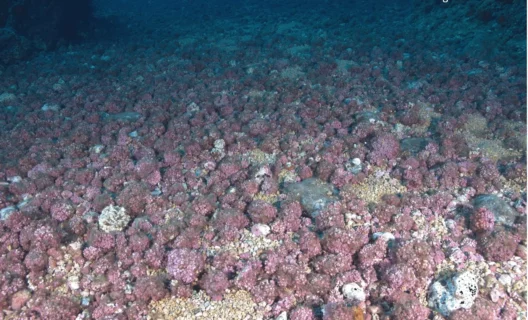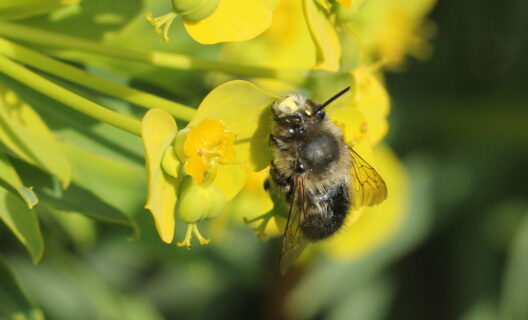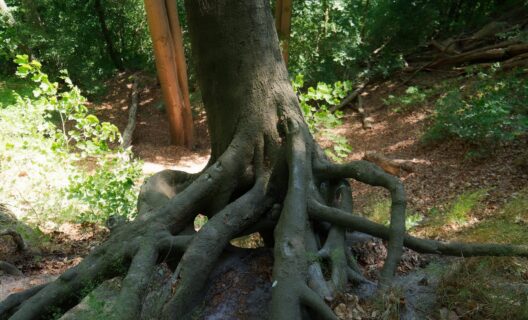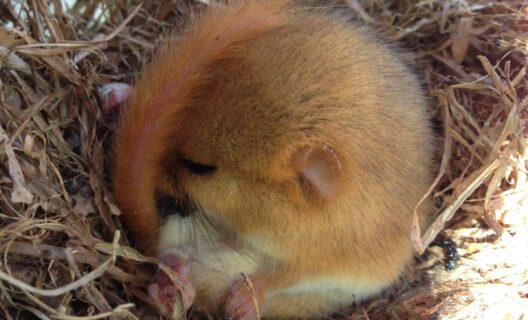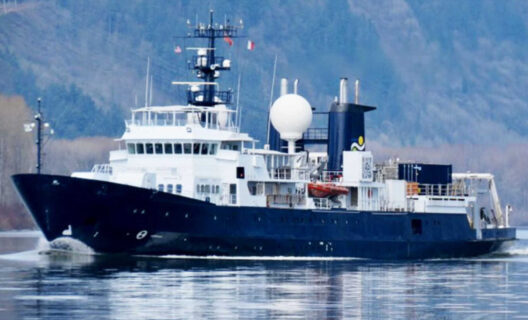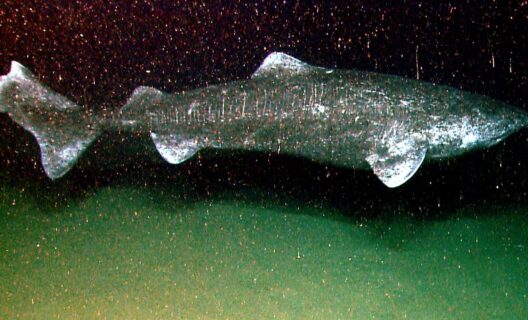

Reading time
0 min
The decline of these guardians of biodiversity has serious consequences for mountain ecosystems
One species declines, another increases, and mountain ecosystems are paying the price. According to a recent study by the University of Rome La Sapienza, published in PNAS, high-altitude declines in tachinid flies, attributable to climate change, may reshape mountain ecosystems.

""
Sketch of a fly
Tachinid flies are parasitoid insects, that is, they exploit other insects. During the larval stage (before they become adults and feed on nectar) they feed especially on caterpillars: in doing so, they keep herbivorous insect populations in check. They are also a so-called specialist species, that is, able to adapt to a narrow variety of environmental conditions. When the environment changes, their population is affected.
"The observed decline in high-altitude specialist flies increases the risk of the spread of herbivorous insects, which could reshape mountain ecosystems."
Luca Santini, La Sapienza University of Rome
History of a fly from 1845 to the present day
The research authors analyzed more than 60,000 samples of tachinid flies collected in Europe since 1845. Since the middle of the last century, the proportion of tachinid specialists has decreased by 20 percent at high altitudes, while it has increased by 70 percent at low altitudes. During the same period, generalist species spread rapidly at high altitudes due to their greater ability to exploit a wider variety of hosts. “The observed decline in high-altitude specialist flies,” said Luca Santini, co-author of the study, “implies an increased risk of herbivorous insects spreading, which could reshape mountain ecosystems.
""
Investigating climate change partly through museum collections
Climate change, the study concludes, has effects that go beyond individual species. The entire composition of ecosystems is rapidly changing, with potentially huge impacts on mountain biodiversity.
In this light, the researchers point out, the heritage of natural history museums proves invaluable. Field collection campaigns and long-term monitoring plans-used in this research as well-are critical to understanding complex natural phenomena such as climate change.
The journey goes on
Every story paves the way for the next: discover where biodiversity takes you


